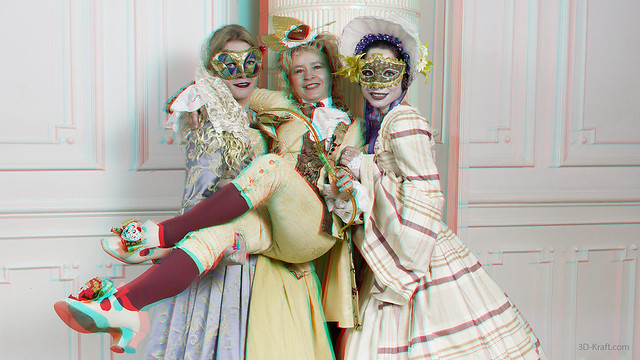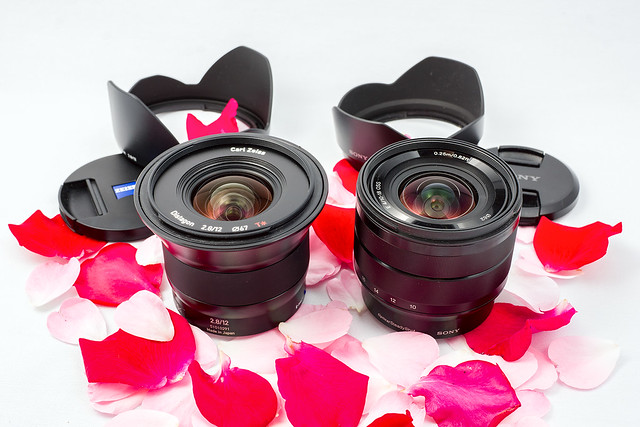
Hamburg, 01. April 2013 - Today we are proud to present a first snapshot of the rumored Leica M 3D prototype spotted in Hamburg.
After the successful launch of the new Leica M (type 240) many people asked what Leica will present as next model on their roadmap. After some rumors that Leica will focus more on stereoscopic photography in the future for an even more "3D pop" in the pictures taken with their gear, we spotted a first prototype already in February in Hamburg, Germany and had a chance to take a sample shot:

(red/cyan filter glasses required to see the spatial 3D effect)
I was told that Leica will provide also rubber bands fitted for pairs of 35mm and 50mm Summilux lenses allowing to transfer the focus setting from one lens to the other. Unfortunately the current prototype can not carry a pair of Noctilix 50/0.95 ASPH. The final version may also provide the option to attach two EVF (at the moment you have to switch the preview between left and right sensor).
We will try to get another hands-on session soon, so stay tuned!
P.S.: You propably know that you should not believe in all that is posted on the internet - especially on 1st of April...? ;)
All images copyright by 3D-Kraft.com.


























